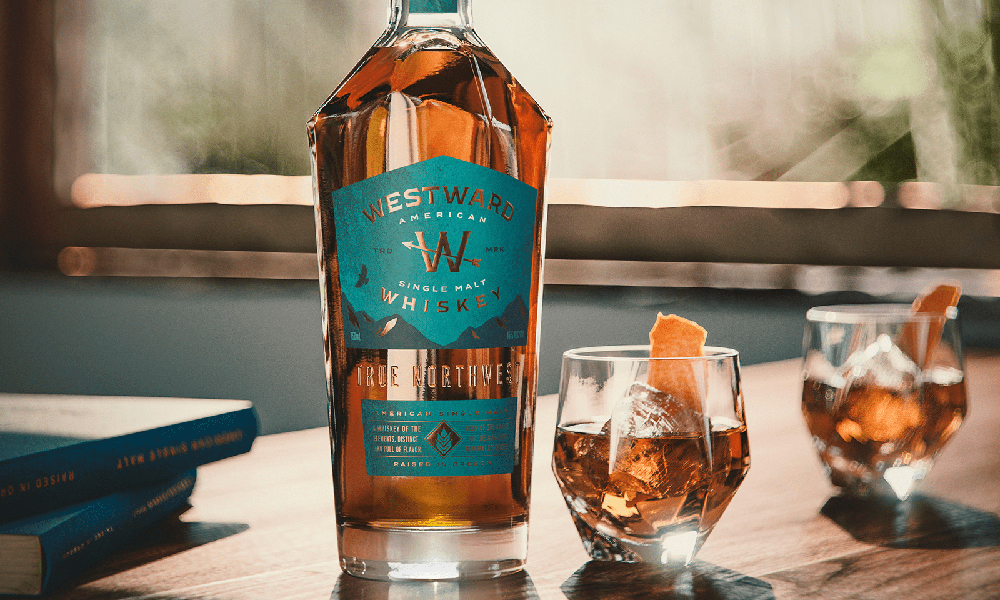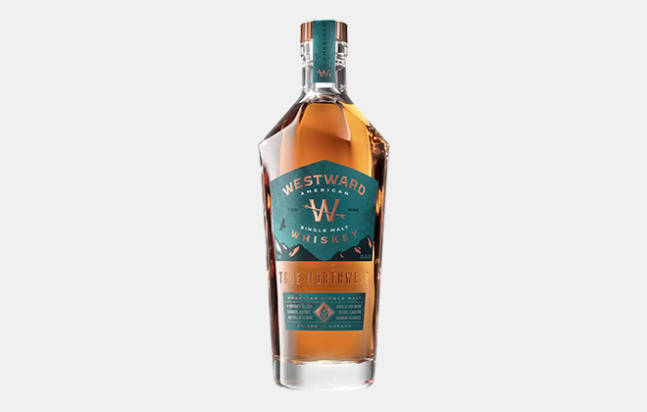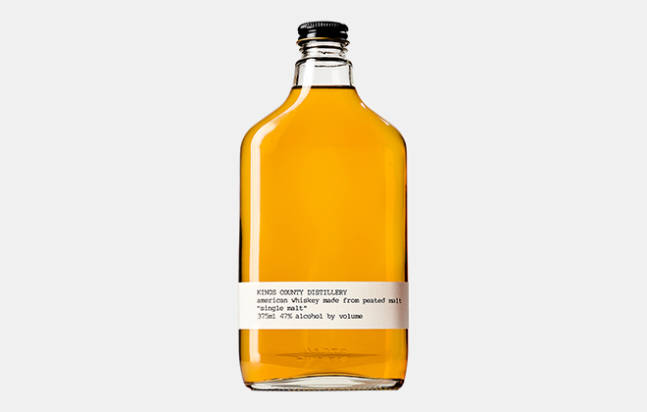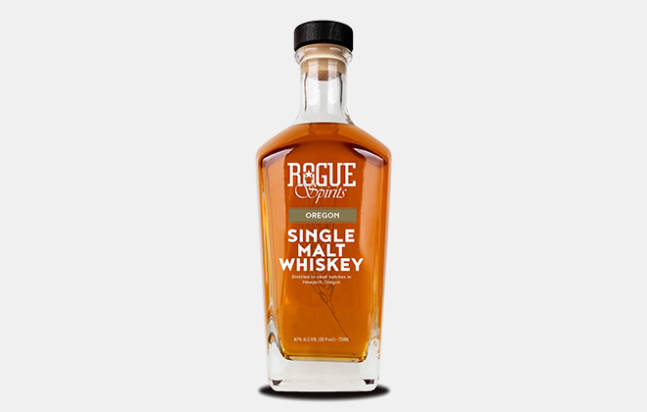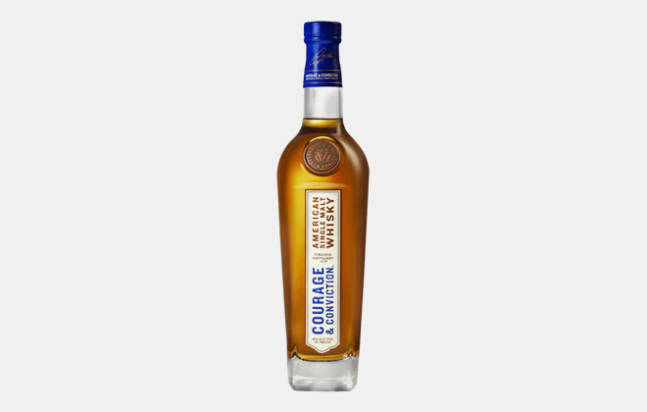It’s not often that a new whiskey style emerges. It takes balancing different ideals between producers to land on the exact definition, along with proving that the style is, in fact, distinct from what’s already available. New styles can mean confusion for both producers and consumers. But it’s also an exciting time for anyone who loves trying different whiskeys, and that’s exactly what’s happening with American single malt whiskey.
What Is American Single Malt Whiskey?
In July of 2022, the Alcohol and Tobacco Tax and Trade Bureau (TTB) proposed a new standard of identity for American single malt whiskey. The new rules would turn what’s currently a nebulous and subjective style into a strictly defined category. Leaders in the industry have been pushing for standardization for years, as having a legal definition of the category has its benefits.
For one, there are some basic consumer protections. When you buy a bottle of American single malt, you know exactly what’s in it and a baseline understanding of how it was made, since the distillery is legally liable for any misdirection or truth-bending. There’s also protection for the distilleries from unsavory outside influences that try and piggyback off of a name, like when cheaply made Canadian rye whiskeys flooded the market during and after Prohibition and ruined American rye’s market share and reputation.
In the TTB’s proposed definition of American single malt whiskey, the agency uses “whisky” without the “e” in its announcement, though standard American spelling (and the spelling that the vast majority of American single malt producers use) is “whiskey.” Getting past that quirk, the definition asserts that any spirit in the style is distilled to no more than 160 proof and is aged in oak barrels not exceeding 700 liters. It also must be mashed, distilled, and aged in the United States, and distilled entirely by one distillery from a mash of 100 percent malted barley.
What’s going to make the biggest difference in distinguishing American single malt whiskey is that last rule. Simply put, the type of grain used to make a whiskey matters. Other American whiskey styles like bourbon or rye only require a minimum of 51 percent of the main ingredient (corn for bourbon, rye for rye whiskey). Malted barley produces flavors that are distinct from corn, rye, or spirits that are a blend of different grains — think of how a Scotch single malt whisky or Irish whiskey tastes different than a bourbon that’s primarily made with corn.
The proposal for a distinct American single malt whiskey comes as a result of a good amount of lobbying by the American Single Malt Whiskey Commission (ASMWC), a group of dozens of distilleries devoted to the creation and protection of the American single malt category. Right now, in the absence of legal protections, the members of the commissions have pledged to hold to the ASMWC’s classification of single malt whiskey and to be transparent on their labels about what that entails.
That means that even though the journey to an official definition of American single malt is still happening, there are plenty of bottles that you can enjoy now.
The Best American Single Malts to Understand the Category
The best approach to learning about what American single malts are all about is to collect a few different standard offerings and work your way through them. No experimental cask finishes, no limited releases, no collaborations. Just each distillery’s basic single malt offering.

Stranahan’s Original
Stranahan’s single malt has the mellowness you find in a well made Irish whiskey, with very little burn and a mouth coating viscosity that make it a pleasant sipper. At the same time, it has the boldness of flavor that American whiskeys are known for, along with a higher ABV (47 percent), meaning it still packs a punch. Stranahan’s blends four-, five-, six-, and seven-year-old whiskeys for its single malt, which adds complexity and body that otherwise might not be present.
Westward American Single Malt
A lot of the flavor from the whiskeys by this Oregon-based distillery is influenced by the seasons. When you have the kind of variable weather Oregon does, there’s a lot more interaction between the whiskey and wood, which produces flavors and color that more temperate and climate-consistent places like Scotland and Ireland don’t. Westward also doesn’t char its casks as heavily as other places, mitigating the astringency and harshness that can put people off other bourbons and ryes. Westward’s bottles plays up the subtler flavors and approachability of single malt, something we welcome in the new style.
Westland American Single Malt
Scotch drinkers will find a lot to like here, given the presence of peated malt in Westland’s single malt mash bill. Peat isn’t typically used in many American whiskeys, but here it adds balanced. It’s a distinctly American whiskey, using five-malt barley and matures in new oak.
Kings County Distillery Single Malt
Kings County Distillery also makes a single malt that takes some cues from Scottish distilling traditions with the use of peated malt. In fact, Kings County takes a lot of cues from Scottish distilling tradition in that it follows Scottish distillation methods right up until aging. That’s when Kings County goes back to its own in-house casks that have already proven their worth. Kings County ages its single malt for at least three years in casks that the distillery previously used to age its own bourbon, which brings back a bit more of a bite.
Rogue Spirits Single Malt
With such great beer, it can be easy to occasionally forget that Rogue also makes spirits. Similar to the Westward, Rogue Spirits Single Malt is made and aged in Oregon, allowing it to pull a lot more flavor from the wood of the cask in a much shorter time. Ten percent of the barley is smoked with apple and alder wood, both of which add a distinct and enjoyable flavor without making the spirit so smoky that it’s dominating or unpleasant.
Virginia Distillery Co. Courage & Conviction
Virginia Distillery Co.’s Courage & Conviction is a single malt that especially leans on single malt whiskeys from Ireland. The company was started by native Irishman Dr. George G. Moore, who built the distillery with an even mix of Irish and American whiskey tradition in mind. This single malt is a continuation of that tradition, carried on by his wife, son, and daughter-in-law.
Old Line Single Malt
Baltimore is often unfairly overlooked in conversations about breweries and distilleries in the East Coast’s main cities. Old Line Single Malt is far and away the most affordable single malt on this list, and is a great example of the style. There’s nothing wild going on here, just a solid distillery making a solid whiskey. Old Line mashes and ferments 100 percent malted barley, distill it, then age it in the tradition of American whiskeys by putting it right into new charred white oak casks.
Buy Now $47
